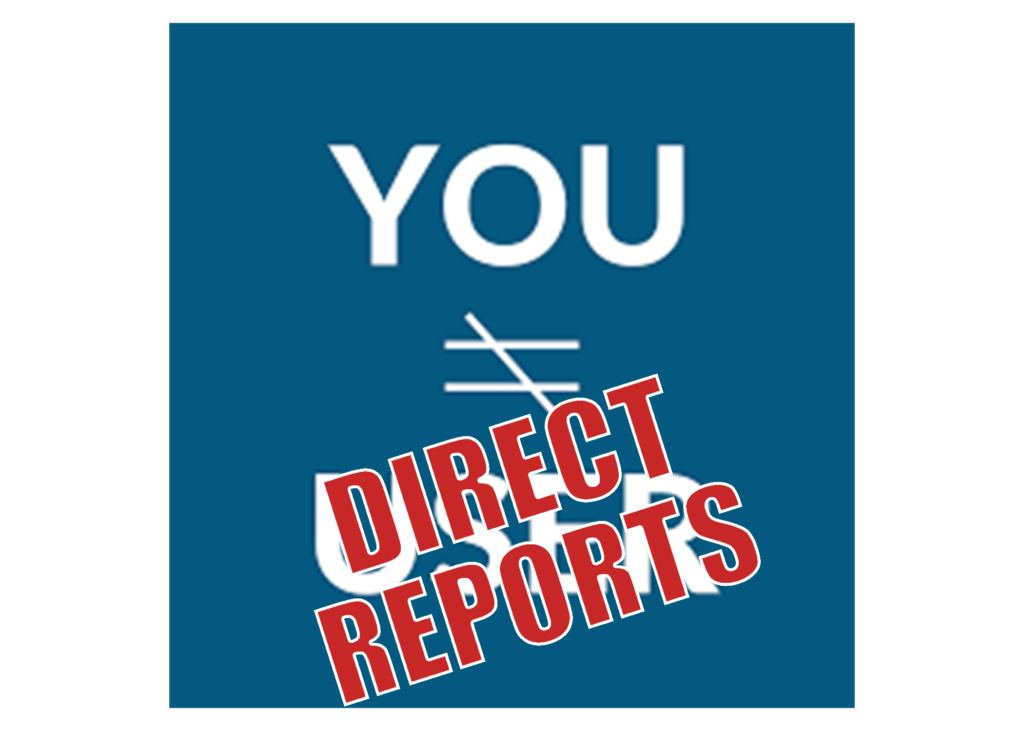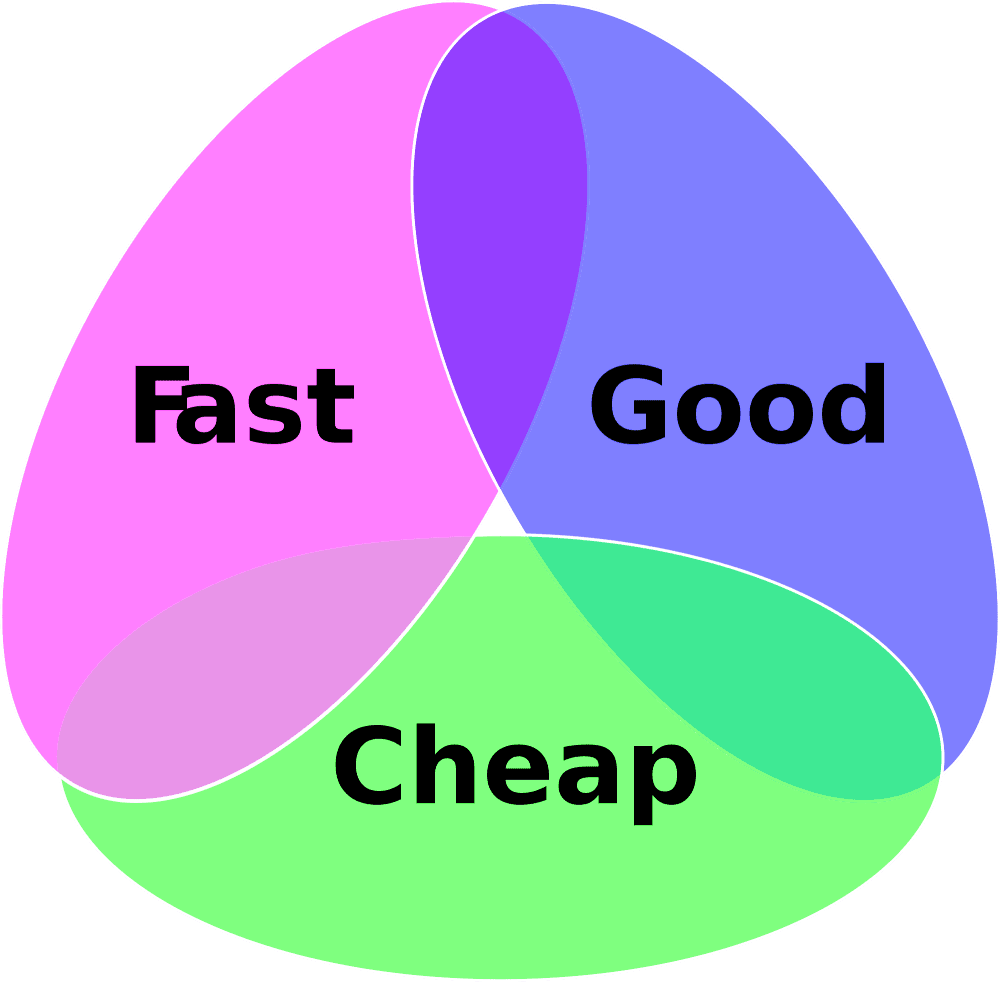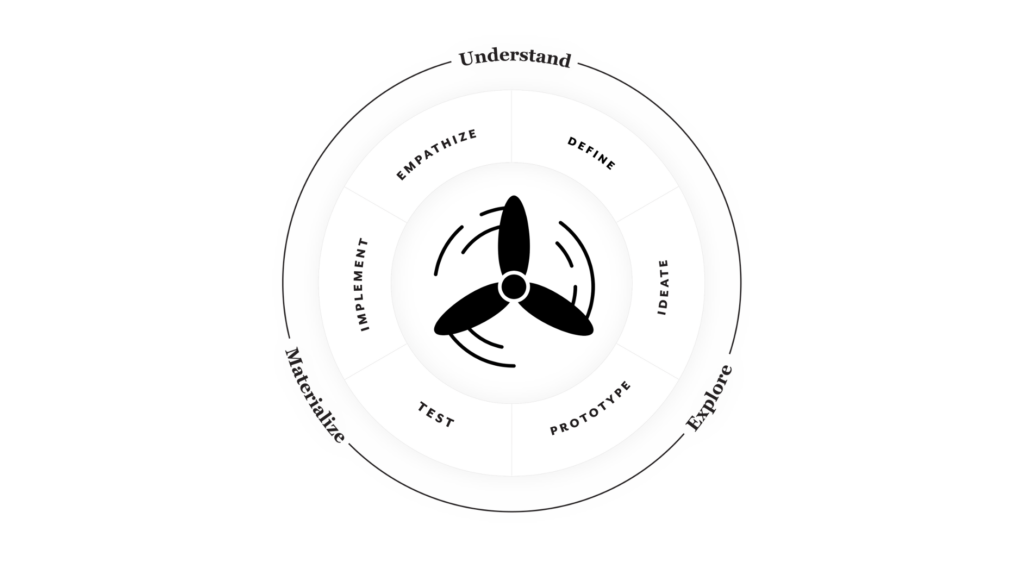For the last month, I’ve moved completely out of my comfort zone, taking a job in a totally different industry. I’m still in a (nascent) Product group, but it’s not in media for the first time in my career. I’ve been more than a little lost when it comes to defining product needs and also the Big Kahuna, Product Success.
When I was working in media, my primary product success metric was advertising and eyeballs. Could I make good on what the sponsors had paid for, and did I have enough compelling content to keep the viewers engaged? While not always an easy answer (content will always be a bit subjective), on the larger sense it was an easy metric to track. Stick some tracking on things, and you were ready to rock and roll to see what was being viewed/used on your product.
Now, though, it’s not quite as easy to see what makes what are, in essence, core structural products actually successful. They are the foundation stones on which my customers, who are other groups within my organization, should or need to use in their day-to-day responsibilities. That makes it, at least to me, viewers and time spent less of a valuable metric in this situation than it was in my previous world.
Have you figured out the common thread between the two products I’ve talked about? Virtual high-five to anyone who saw “Metrics”. Without metrics, everything that you’d call Product Success is simply guesswork. And do you know what will drive your leadership insane? Guesswork. If they can’t point to a set of metrics to show that your product is being successful to their own leadership, they’re continuing a cycle of guesswork to the top, which is meaningless.
When you’re stepping into uncharted territory, where to look for the metrics that will help you get that sweet, sweet bonus? Or at least, keep your job? Take a look at your personas – who’s using your product and why should they be using your product? What’s the transaction taking place? Yes, there’s always a transaction – you’re giving something to your consumers one way or another for something that they give you.
For my revamp of my (new-to-me) product, it came down to wanting to track two different metrics, at least for the near-future: New Adoption & Reducing Bug Tickets (i.e., Friction).
See, my product is an established product – folks have been using it for a while. But, like most things that are built & left to roll on its own, it has some rather interesting quirks down that road that need to be addressed to not only make it better, but also to allow it to scale for some additional feature sets that are about to be added to the roadmap. So, looking at our current users not only provides opportunities to collect and correct bugs, seeing if we can bring back some users that have found a work-around to our product to get their work done would be a huge win.
My biggest concern at this point is making sure that folks understand the importance of pulling in metrics from the start – without them, you’re literally just guessing as to whether your Product is successful. When your customers are other developers, not general consumers, that can sometimes be the hardest thing to impart the value of metrics to determine success. Their idea leans more towards Delivery, but without metrics, delivery is just a thing we put out into the world. It doesn’t mean that we know anyone’s using it. In other words, bear + woods = … well, we’ll just leave that there.
What do you see as Product Success? Is there something outside of the metrics that I’ve talked about here that are indispensable to you or your company?





